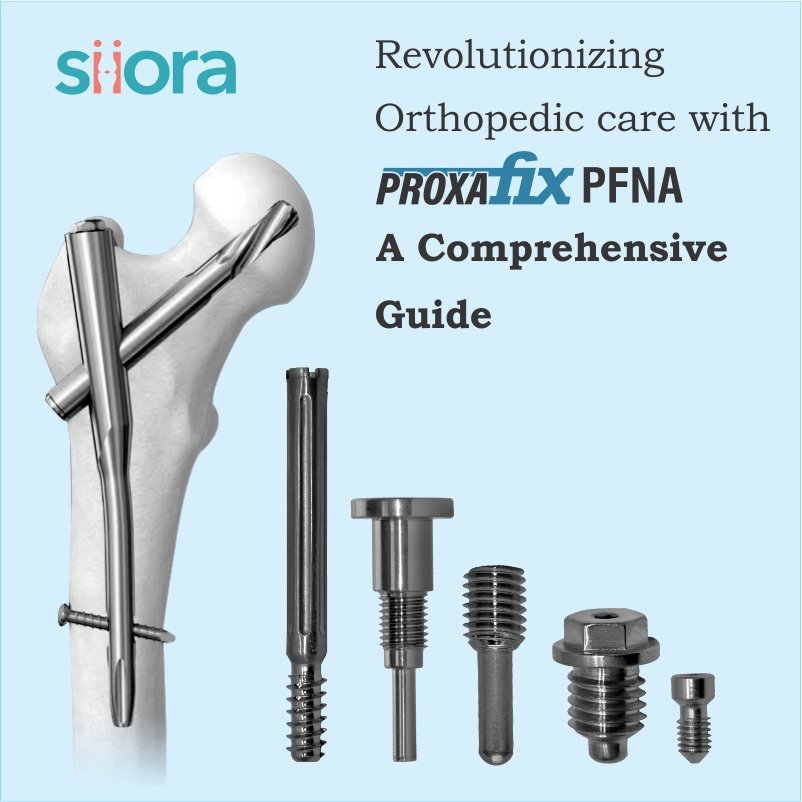Introduction
Preoperative planning has always been a significant component of the complete strategy of fracture care by surgical intervention.
Preoperative planning enables the surgeon to perform the operation in his mind prior to the actual surgical procedure. It gives him an opportunity to prepare the equipment that might be needed and allows him to plan the steps of the operation, including the location of the incisions, choice of trauma implants, reduction technique and techniques of application.
With preoperative planning the orthopedic surgeon can better prepare for surgery, therefore ensuring a higher chance of success as well as avoiding possible complications. Another benefit is that the surgeon may provide the patient with a detailed explanation of the operation so that he may obtain informed consent and forge a good patient-surgeon relationship.
Planning in MIPO
In MIPO, preoperative planning plays an even more important role. Since the fracture sites aren’t visualized or exposed, the surgeon must plan each step of the surgical procedure to make sure that the operation proceeds smoothly, precious time isn’t wasted, and that unnecessary exposure to irradiation is prevented.
The following guidelines can be helpful in the decision-making process as well as the preparation of a preoperative plan for MIPO.
Patient evaluation
Appropriate assessment of the patient and the injury is essential for correct decision making. This includes a detailed history, relevant laboratory tests, a careful physical examination, x-rays, and other ancillary imaging studies if specified.
Factors that a patient must consider in the decision-making process include:
- Age
- Occupation
- Post-trauma status including hemodynamic stability
- Future expectations
- Patient compliance
- General medical status and comorbidities
- Quality of bone
- Preinjury functional status
- Patient compliance
- Future expectations
This evaluation aids to decide whether the patient is an appropriate candidate for surgery and is fit for anesthesia.
Fracture evaluation
For proper assessment of the fracture, good quality x-rays are essential. Traction films are beneficial in some instances. Other imaging studies that can be helpful include CT scans, MRI, 3-D reconstructions, and vascular studies.
The fracture factors that one should consider include:
- Duration after injury
- Closed open fracture
- Simple, wedge or complex
- Associated fractures
- Location- articular, metaphyseal or diaphyseal
- Condition of the skin and soft tissues
- Neurovascular injuries
- Associated injuries
Good indications for MIPO are complex or multifragmentary fractures of the metaphysis and diaphysis and fractures of intraarticular with extension into the diaphysis.
Relative indications are simple diaphyseal fractures and some open fractures.
Graphic preoperative plan
One of the necessities of a good preoperative plan is to make a graphic representation of the fracture fragments, manipulating the fragments on paper to attain a reduction, selecting the suitable orthopedic implants and superimposing them on the reduced fracture utilizing templates, and reviewing the plan to see whether the desired result is attained.
To prepare the preoperative plan, the following are important:
- X-rays of good quality, including views of the normal side if possible
- Tracing paper (or transparencies)
- Colored felt-tipped pens and pencils
- Additional imaging such as CT scans (especially for intra-articular fractures)
- Relevant implant templates of the correct scale
- A goniometer
The following planning techniques are usually used.
- Direct overlay
- Use of the physiological axes for articular fractures
- Overlay using the normal side








